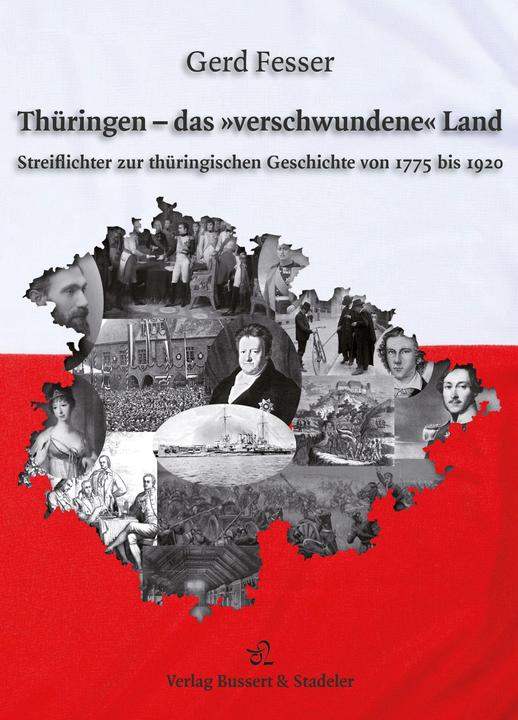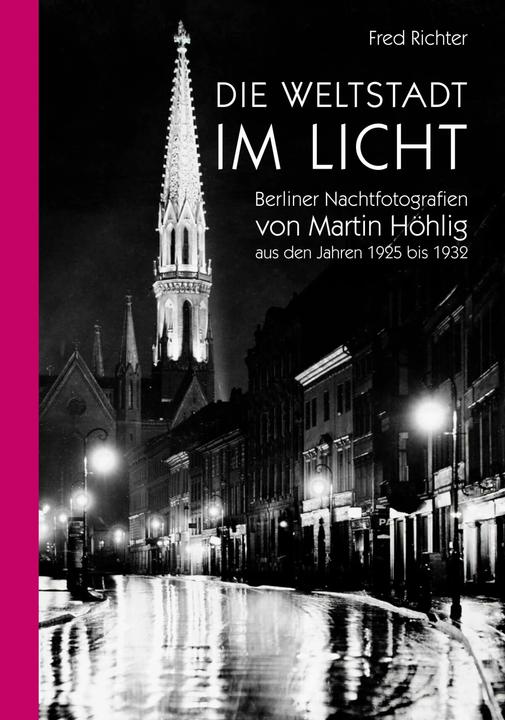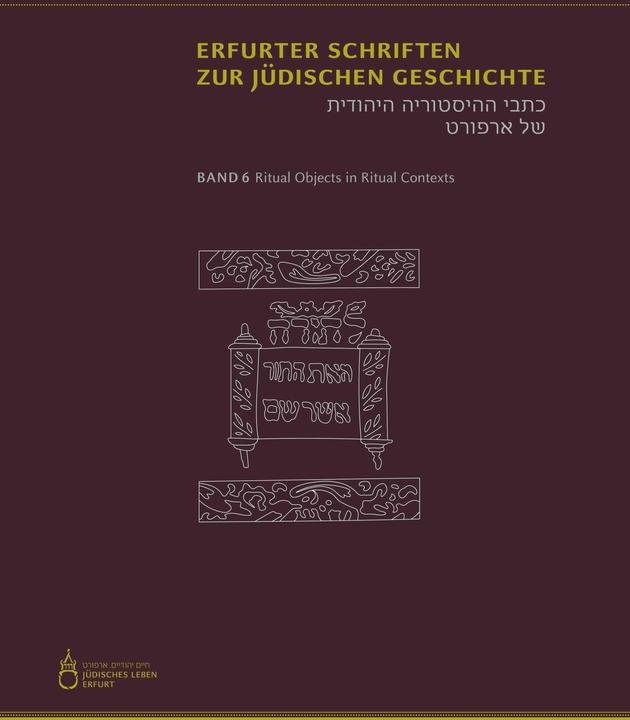
Ritual Objects in Ritual Contexts
English, German, Maria Stürzebecher, Claudia Bergmann, City of Erfurt, 2020
On this page you'll find a ranking of the best Bussert Dr. + Stadeler products in this category. To give you a quick overview, we've already ranked the most important information about the products for you.
The ensemble of medieval artifacts in Erfurt, with its unique representation of Jewish culture in Central Europe, is presented for the first time in the current sixth volume of the Erfurt writings on Jewish history, alongside insights into the previously less explored Rudolstadt Judaica collection. This is an exciting and sensually fascinating process aimed at discovering new perspectives. It gains multidimensionality through an explicitly interdisciplinary viewpoint. It is an attempt to see from the perspective of the object. Drawing on the concept of a new materialism in the social and historical sciences, the special ritual object is perceived not from an idea, but as a reality. These ritual objects address the sensually concrete existence of things in the context of their pragmatic use: Erfurt wedding rings, Hebrew gravestones, Torah scrolls, voice keys, belts, candlesticks, prayer boards, Misrach. All of them thus hold high symbolic value and simultaneously possess a unique aesthetic appeal. Nevertheless, the coexistence of these objects is linked to their embedding in documentation, tradition, and contextualization. By particularly highlighting the Jewish ritual object in its use, this volume can celebrate the cultural richness and identity of Jewish communities.

Ritual Objects in Ritual Contexts
English, German, Maria Stürzebecher, Claudia Bergmann, City of Erfurt, 2020
The Battle of Leipzig was an event of world-historical significance. Napoleon had also initiated significant reforms in Germany. At the same time, however, he had forced the Germans under the yoke of foreign rule, which was then broken in the Battle of Nations. In his book, Gerd Fesser initially portrays Napoleon at the height of his power and then outlines his debacle in Russia, the actions of General Yorck in Tauroggen, and the uprising of Prussia in the liberation war that began from Breslau. He then describes the armies of 1813 and the spring and autumn campaigns of that year. The depiction of the Battle of Nations forms the centerpiece of the volume. This is followed by documents related to the battle, a chapter on the contradictory reception history, and an informative little lexicon of the liberation wars. Gerd Fesser recounts the events of the year 1813.

It could have been a media event: For the first time, a Federal Chancellor privately visited East Germany. However, Helmut Kohl's trip has remained largely unknown to this day. The press was not welcome. Thus, in 1988, the Chancellor visited East Germany quietly and gained an unvarnished view of the situation in the other part of Germany. Journalists Jan Schönfelder and Rainer Erices have reconstructed this spectacular journey. They spoke with Helmut Kohl and former government spokesman Friedhelm Ost about their sometimes bizarre experiences. They identified numerous eyewitnesses who happened to encounter the Chancellor at that time. Additionally, they researched Helmut Kohl's Stasi files and previously unknown SED documents. The authors reveal a completely forgotten chapter of German-German history: the unannounced visitors from the West immersed themselves in everyday life in East Germany and experienced the other German state from a perspective that official guests never had. Helmut Kohl today describes the trip as one of the most moving experiences of his life. For him, it was the internal compass towards German unity. From the foreword by Helmut Kohl: "As hoped, we learned more about the 'real-existing' socialist everyday life during this weekend trip than during an official visit. Whether we were in Gotha, Erfurt, Weimar, or Dresden - everywhere we had direct encounters with our fellow countrymen. Some of them asked for help in leaving East Germany, while others encouraged me to stick to the politics of German unity. It was clearly palpable to me how oppressive the surveillance state was and how much the people suffered under it.".
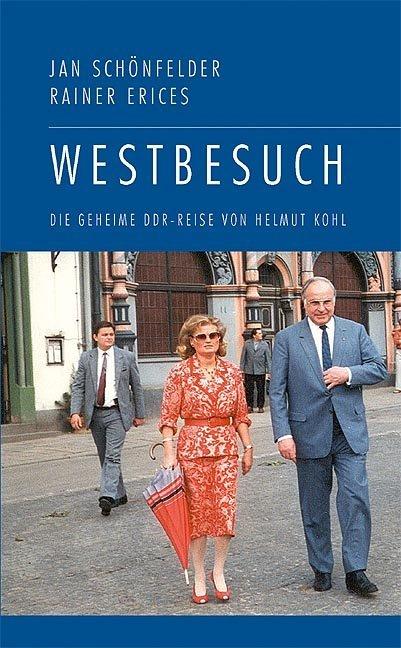
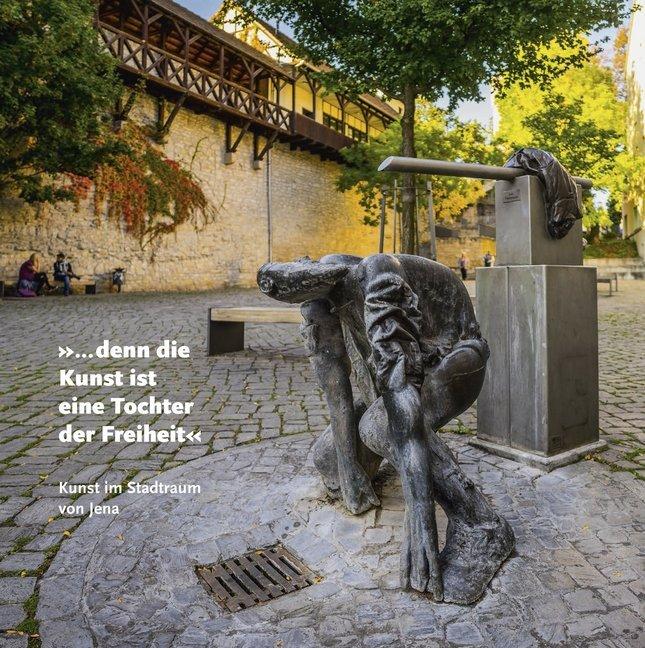
In the last fifteen years, Western anti-terror policy has gone off the rails and has taken on bizarre aspects in some cases. The USA spends an estimated 70 billion US dollars annually on its infrastructural counter-terrorism efforts, not to mention the wars in Iraq, Afghanistan, Pakistan, and the countries targeted by drone strikes. Following the attacks in 2001, they established a global surveillance apparatus, resulting in increasingly brutal terrorist attacks. The majority of Germans feel primarily threatened by terrorism. This is despite the fact that in the last 20 years, while there have been crimes and fatalities in crime statistics and general life risks in households, sports, leisure, and traffic, none have been caused by terrorist movements. Our society has a delusional perception of its own risk situation.
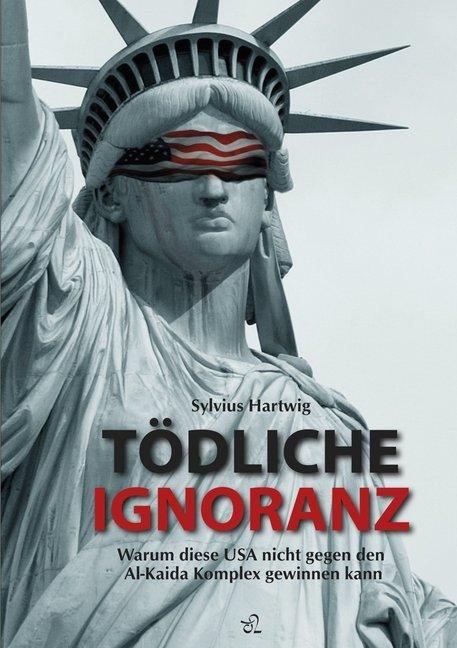
In 1812, Napoleon marched into Russia with approximately 600,000 men. Within a year, he lost around 450,000 soldiers and had to retreat back to Paris. In the spring of 1813, he returned to Germany with 300,000 troops, some of whom were newly recruited. In March, Russia and Prussia formed an alliance, which was joined by Sweden, Great Britain, and Austria by August. This marked the beginning of the Wars of Liberation against Napoleon's foreign rule. In May, the Battle of Bautzen took place, which Napoleon formally won; however, his army suffered losses of up to 25,000 men over two days. A temporary armistice benefited the allies, allowing them to strengthen their forces for the upcoming Battle of Nations. The depiction of the battle is the centerpiece of the volume. It is followed by letters from Gneisenau, a contemporary account of the battle, and an informative little lexicon of the Wars of Liberation. Gerd Fesser vividly and excitingly recounts the events of 1813.
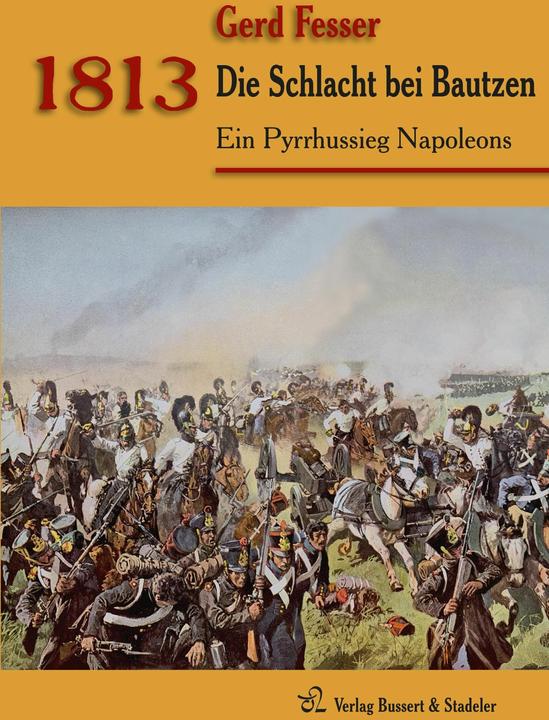
Hurricane from the West: From the Ruhr Basin to the Battle of the Harz in 1945.

Thuringia - the "disappeared" state: Highlights of Thuringian history from 1775 to 1920.
